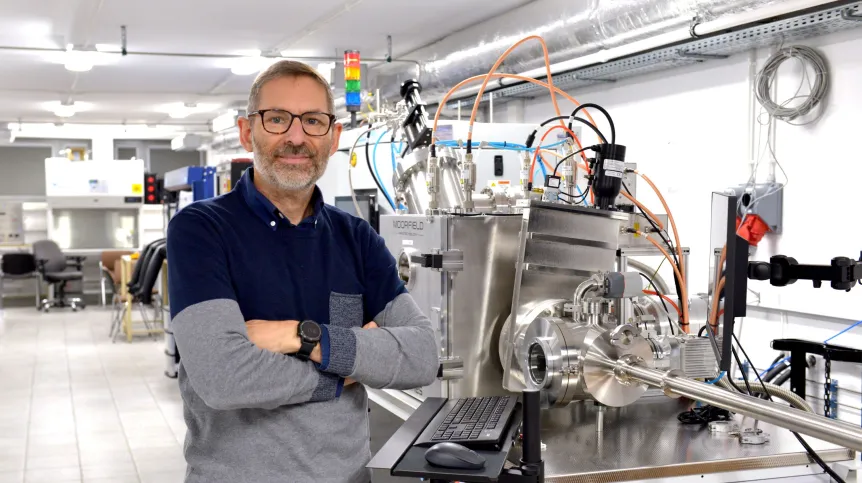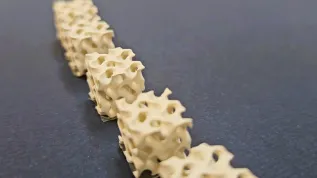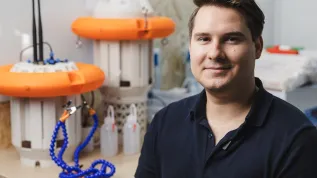
Scientists at Gdańsk University of Technology are exploring a new way to store and release electricity using a material that combines the properties of diamond and graphene.
The project, announced by the university, aims to develop faster-charging, longer-lasting energy storage systems.
The research involves the Faculty of Electronics, Telecommunications and Informatics at Gdańsk University, Hasselt University in Belgium, and the California Institute of Technology (Caltech) in the United States.
The teams will focus on diaphyte, a hybrid carbon material with the durability of diamond and the conductivity of graphene.
Project leader Professor Robert Bogdanowicz, from the Department of Metrology and Optoelectronics, said diaphyte structures could conduct electricity even more efficiently than graphene alone, allowing for faster charging.
As part of the project, Belgian researchers will carry out advanced imaging and kinetic analyses of charge storage under the guidance of Professor Nianjun Yang. Meanwhile, the material will be produced in Gdańsk, where electrochemical and electronic tests will also take place.
The Gdańsk team, in collaboration with Professor W.A. Goddard’s group at Caltech, will use artificial intelligence tools to simulate and plan material parameters.
'Through precise engineering of this material at the nanoscale, i.e. working with structures thousands of times smaller than a human hair, we want to study diaphytic structures and build a model of such a material on this diagnostic basis. We will partially support the synthesis process with artificial intelligence tools’, Bogdanowicz says.
The project will employ advanced manufacturing methods, including plasma technology and lasers, to create precisely controlled structures. Scientists say the approach could one day shorten electric vehicle charging times to that of a petrol fill-up, improve storage for renewable energy, and enable smaller, more powerful electronics with longer battery life.
The project, titled Engineering of heterodoped diaphyte nanostructures supported by simulations for micropower electronics applications, is funded through the Polish National Science Centre OPUS 28+LAP/Weave competition. Gdańsk Tech will receive nearly PLN 1.5 million, while the Belgian research is supported by a local agency. (PAP)
kszy/ kap/
tr. RL













